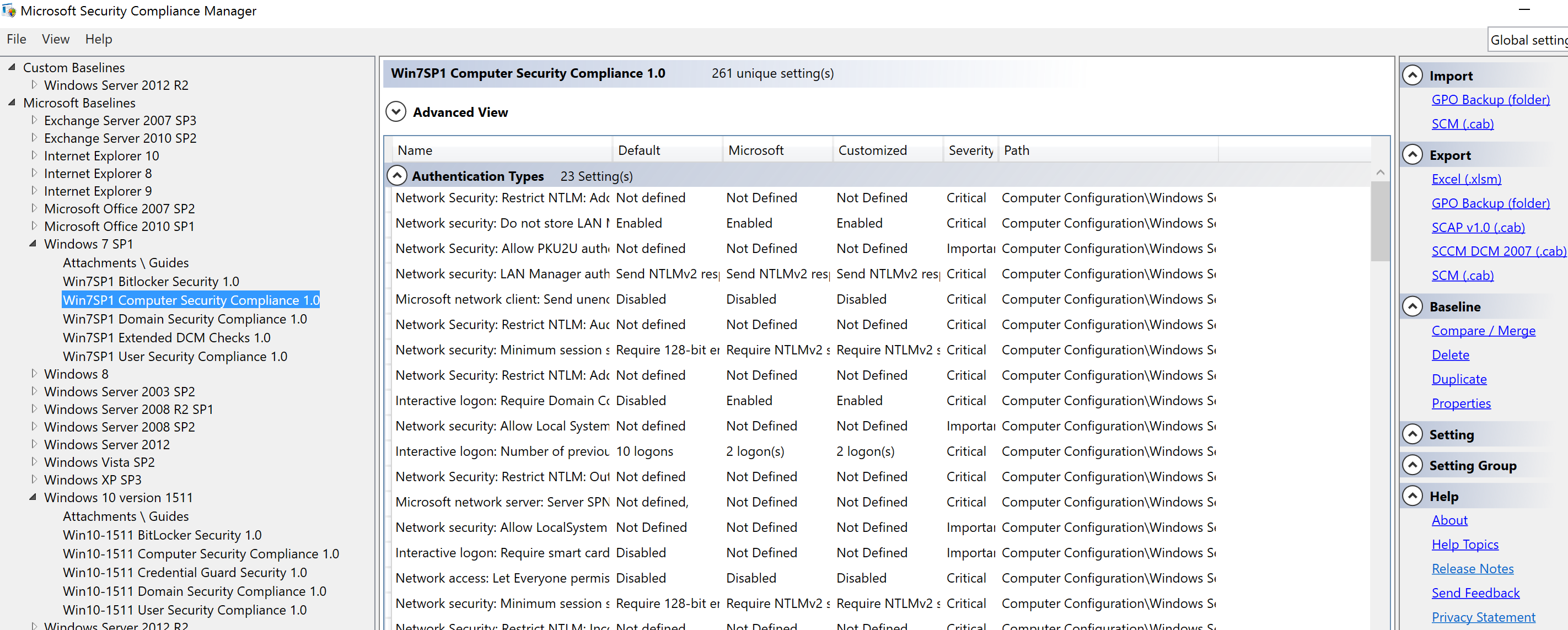Active Directory Recon is the new hotness since attackers, Red Teamers, and penetration testers have realized that control of Active Directory provides power over the organization.
I covered ways to enumerate permissions in AD using PowerView (written by Will @harmj0y) during my Black Hat & DEF CON talks in 2016 from both a Blue Team and Red Team perspective.
This post details how privileged access is delegated in Active Directory and how best to discover who has what rights and permissions in AD. When we perform an Active Directory Security Assessment for customers, we review all of the data points listed in this post, including the privileged groups and the rights associated with them by fully interrogating Active Directory and mapping the associated permissions to rights and associating these rights to the appropriate groups (or accounts).
I have had this post in draft for a while and with Bloodhound now supporting AD ACLs (nice work Will @harmj0y & Andy @_Wald0!), it’s time to get more information out about AD permissions. Examples in this post use the PowerView PowerShell cmdlets.
Active Directory Privileged Access
The challenge is often determining what access each group actually has. Often the full impact of what access a group actually has is not fully understood by the organization. Attackers leverage access (though not always privileged access) to compromise Active Directory.
The key point often missed is that rights to Active Directory and key resources is more than just group membership, it is the combined rights the user has which is made up of:
- Active Directory group membership.
- AD groups with privileged rights on computers
- Delegated rights to AD objects by modifying the default permissions (for security principals, both direct and indirect).
- Rights assigned to SIDs in SIDHistory to AD objects.
- Delegated rights to Group Policy Objects.
- User Rights Assignments configured on workstations, servers, and Domain Controllers via Group Policy (or Local Policy) defines elevated rights and permissions on these systems.
- Local group membership on a computer or computers (similar to GPO assigned settings).
- Delegated rights to shared folders.


Recent Comments